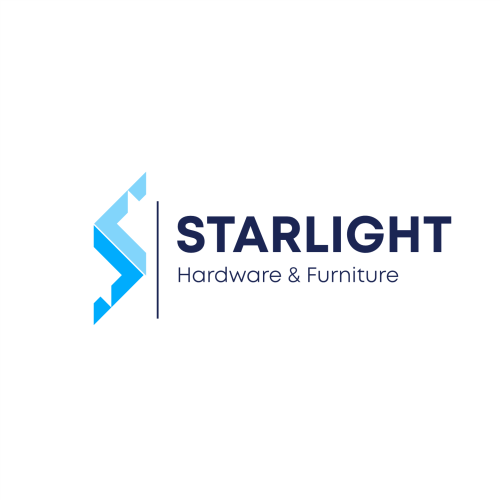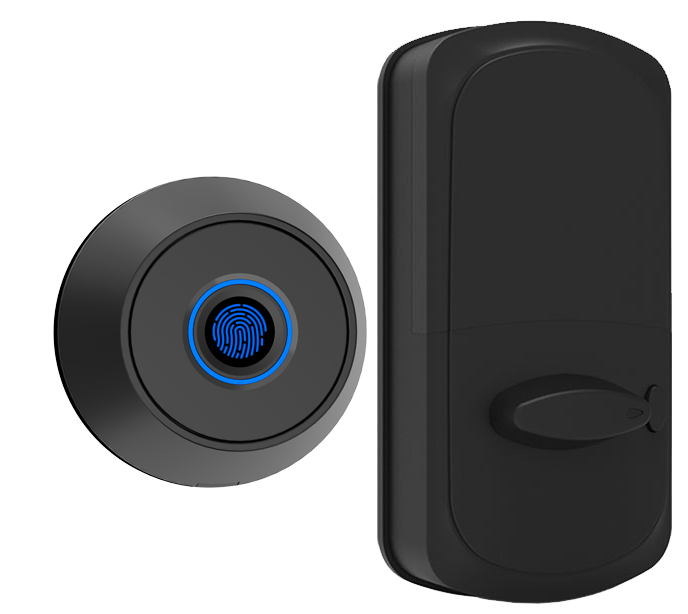Ever tried unlocking your front door while carrying groceries?
Keys slip and clink on the porch.
Chill from the evening breeze sneaks inside.
Now picture the smooth metal faceplate of a smart latch.
A soft LED glow welcomes you home.
You just tap the pad and step right in.
This is the magic of a digital door lock (a smart latch you open with a PIN code or phone app).
Want to know a secret? You’ll never juggle keys again!
No more fumbling.
Just quick access and peace of mind.
Here are seven top picks for secure, keyless home entry.
Digital Door Lock Buying Considerations: Key Factors at a Glance
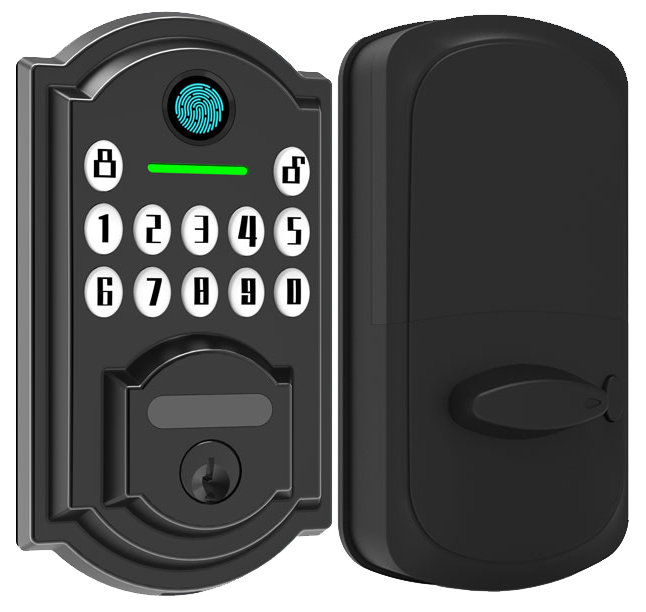
A digital door lock swaps out your old deadbolt for a smooth, smart latch you control without a key. It clicks shut with a soft LED glow and gives you hands-free entry.
You can use a PIN code (numbers you punch in), a biometric fingerprint sensor (a reader that checks your unique fingertip pattern), or a mobile app (your phone becomes the key). Some models even pair with voice assistants so you can say “Unlock the door”, no pockets needed.
Here’s what to weigh:
- Lock style: Choose a direct deadbolt replacement, an adapter bracket (fits your current lock), or a lever handle swap. Check whether you’ll need to drill new holes.
- Unlock methods: PIN code, biometric fingerprint sensor, or app control.
- Security rating: Look for ANSI/BHMA grades (lock quality scores) and solid encryption (data scrambling).
- Connectivity: Pick Bluetooth (short-range link), built-in Wi-Fi (connects to your network), or hub-based systems (needs a bridge device). These power smart features like geofencing alerts (your lock senses when you’re near).
- Power backup: Think about battery life (how long it runs on batteries), a mechanical key slot (for dead batteries), or an emergency power port (lets you plug in an external battery).
- Budget tiers: Entry-level (basic), mid-range (extra features), and premium (top performance and design).
So think about how you use your door each day to pick the right lock for peace of mind.
Main Digital Door Lock Types: Deadbolt, Adapter, and Lever Replacements
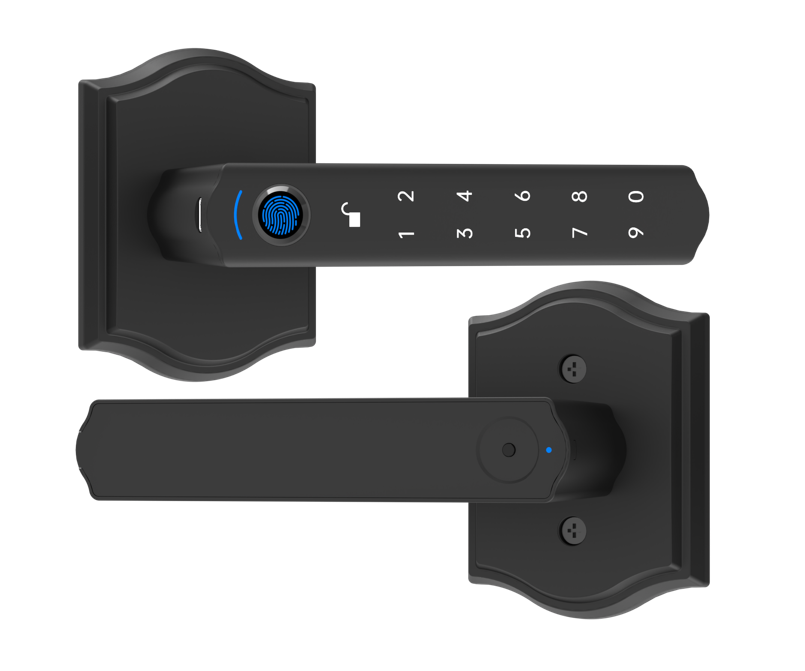
Three popular shapes of digital door locks match different doors and drilling needs. The deadbolt replacement swaps out your old bolt for a fresh unit with built-in Bluetooth or WiFi and a mechanical key backup. The deadbolt adapter clips onto the inside thumb-turn, keeping your original cylinder and keyway intact. And if your door uses a handle instead of a bolt, a lever replacement adds either a fingerprint reader (a reader that checks your unique fingertip pattern) or a keypad code right on the knob.
Deadbolt Replacement
A deadbolt replacement gives you a complete hardware swap and usually fits standard pre-drilled doors. Installation takes about 10 to 25 minutes with just a screwdriver. You’ll feel the smooth metal faceplate and hear a reassuring click when it locks. Look for ANSI Grade 1 and CE certification for top security, and peace of mind backed by two decades of rigorous testing.
Deadbolt Adapter
No drilling? No problem. A deadbolt adapter snaps over your interior thumb-turn in minutes. It adds a wireless hub, keypad, and app control without touching the outside cylinder. Perfect for renters or anyone who wants a clean retrofit. Solid.
Lever/Knob Replacement
Swap your existing knob or handle for a lever replacement and get smart features in one go. These models come with Bluetooth or WiFi and either a fingerprint reader or keypad code. It’s a quick screwdriver job, think of it like swapping headphones in seconds. Just check your door thickness and handle clearance first.
| Type | Installation Method | Pros | Cons |
|---|---|---|---|
| Deadbolt Replacement | Remove old bolt, mount new | High security, built-in WiFi | Requires precise alignment |
| Deadbolt Adapter | Snap over thumb-turn | No drilling, preserves cylinder | Bulkier interior |
| Lever Replacement | Swap knob/lever | Stylish, fast install | No deadbolt on some doors |
Digital Door Lock Security Standards and Encryption
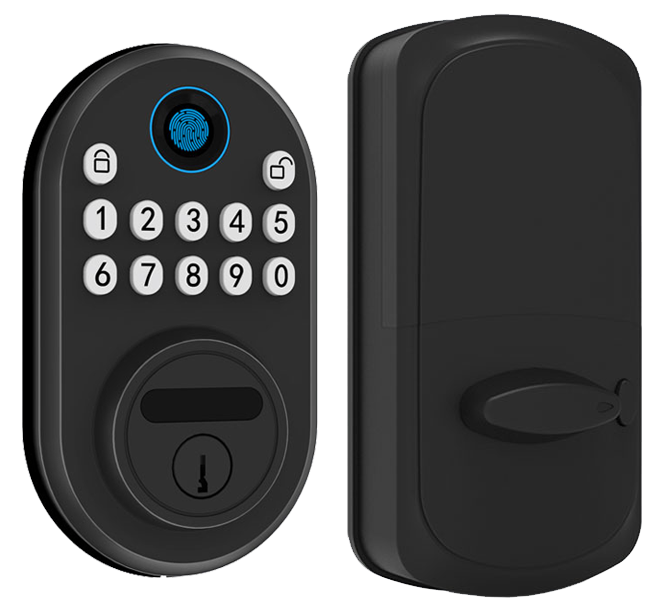
Every smart lock you look at carries a security grade from ANSI/BHMA. Grade 1 is commercial level and built around a 1-inch latch bolt (the metal piece that slides into your door frame) that withstands ten 75-pound hits and clicks open and closed a million times.
Grade 2 is what most homes need. It has a 5/8-inch latch, survives five tough strikes, and handles 800,000 open-close cycles. Grade 3 is the basic residential model. And in 2021, BHMA added an AAA tier for top-of-the-line home locks. Want to know a secret? That AAA tier feels like armor on your front door.
When you punch in a PIN or tap a button in your phone app, your data zips over AES-128 encryption (a method that scrambles wireless data). This standard keeps code details safe from digital snoops. Lots of locks also offer two-factor authentication. You enter your code and then approve a prompt on your phone. Extra peace of mind.
Tamper alarms keep watch for break-in attempts with vibration sensors (devices that feel shakes) or by counting wrong PIN tries. When they detect trouble, you’ll hear a loud buzz from the lock. And if notifications are on, your phone lights up with an alert too.
If the batteries die or the electronics glitch, the good old mechanical keyway (the slot for your physical key) is there. Just slide in your key and turn. No app needed. Solid.
Digital Door Lock Connectivity and Smart Home Integration
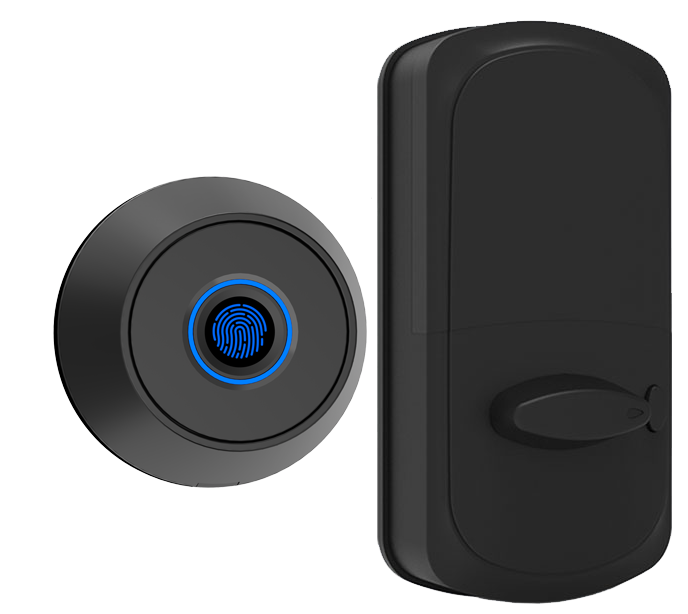
Think of your smart lock like a friendly guard, simple or powerful, you pick. A Bluetooth enabled lock wakes when you approach (about 30 feet) so you can tap the smooth metal faceplate with your phone or key fob when your hands are full. Solid. Instant access.
With built-in WiFi connectivity (your lock talks straight to the internet, no extra hub) you can lock or unlock from anywhere. You’ll get a soft LED glow or a push notification confirming the door is secure. Want to let in a cleaner or dog walker? Share a temporary code in seconds.
NFC support (near-field communication) lets you tap your iPhone or Apple Watch like a contactless card. No PIN. No opening an app. It’s as smooth as swiping at the grocery store.
For a fully networked system, add a hub-based setup using Matter or Zigbee (mesh networking standards). Think of it like adding a relay station to extend the conversation between your lock and all your smart devices. You get longer range, firmer reliability, and the power to create scenes with lights, cameras, or your thermostat.
Here’s a quick look:
-
Bluetooth enabled lock
Works offline, senses your phone, and unlocks right when you need it. -
WiFi connectivity
Remote unlocking, real-time alerts, and automatic firmware updates, no extra hardware. -
NFC (Apple HomeKey)
Tap your phone or watch to enter in one smooth move. -
Hub-based (Matter/Zigbee)
Mesh networking for longer range and tighter voice assistant integration.
Voice assistant integration slips into your daily flow. Say “Alexa, lock the door,” or “Hey Google, secure the house,” and you’re done.
No internet? No sweat. Local-storage PIN entry keeps you moving, no app, no panic.
Installing and Retrofitting Digital Door Locks
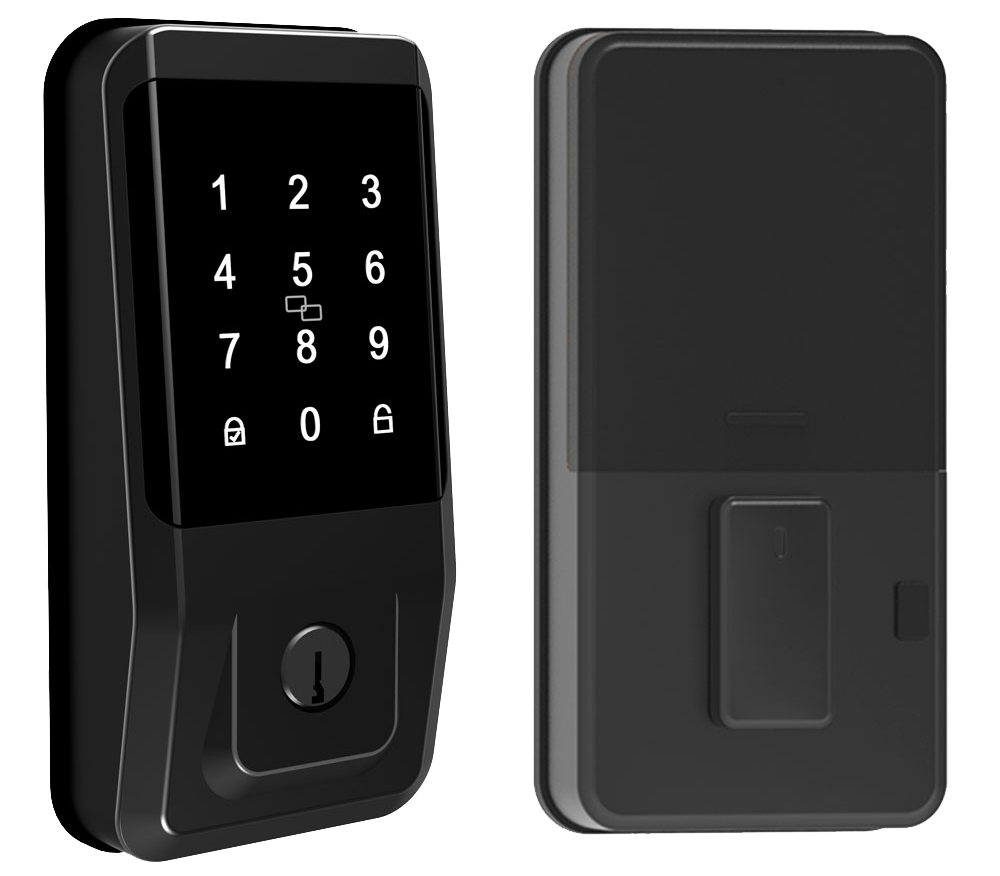
Tackling this as a DIY? Great. A simple deadbolt swap can be done in 10 to 25 minutes with just a screwdriver. First, measure the backset (distance from the door’s edge to hole center) and check door thickness. That way, your replacement fits snugly.
Models like the Schlage Encode have small clips and cable channels to keep wiring neat. Want a no-drill option? The Yale Approach kit uses an adhesive bracket, no holes, no marks, and no stress. Got a weird hole size or a reinforced metal door frame? That’s when you might call a pro for some frame tweaks.
DIY Installation Guide
- Measure backset (distance from edge to hole center) and door thickness.
- Remove the old lock and clean out the opening.
- Fit the exterior assembly and feed cables through the door.
- Snap in the restraining clips, then attach the interior assembly.
- Connect wiring, tuck cables into channels, and secure screws.
- Power up, pair with the app, and set your PIN or fingerprint.
Professional Installation Considerations
Hiring a pro runs about $100 to $200. They handle the tough stuff, drilling thick or reinforced doors and making sure the lock lines up just right. They bring the right drill bits and fine-tune the latch so it clicks smoothly. Peace of mind.
Retrofitting Existing Locks
Need a quick upgrade? Landlords and renters love no-drill adapter kits. A surface-mount bracket snaps onto your thumb-turn for instant smart control, no changes on the outside. You keep the original cylinder and keyway. It’s a slick, damage-free way to turn any deadbolt into a smart lock.
Digital Door Lock Price Segments and Brand Comparisons
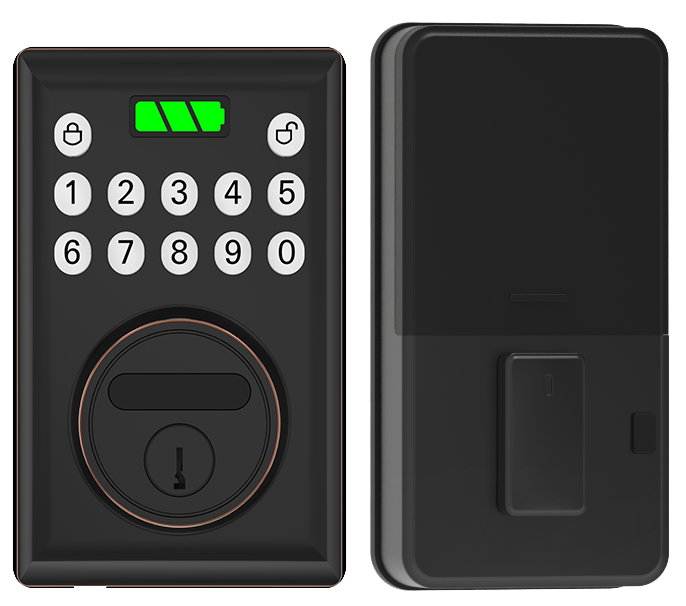
Looking for a smart lock that fits your budget? Shop by price and you’ll spot just what you need. Below is a quick tour of budget, mid-range, and premium locks, and why Starlight shines at every level.
Budget models ($150-$200 range)
If you’re on a tight budget, these locks give basic security without extra bells and whistles.
- Ultraloq Bolt Fingerprint: basic PIN code, fingerprint sensor (reader that checks your unique fingertip pattern). No Wi-Fi. Installs in minutes.
- Eufy Video Lock: small built-in camera, keypad, and fingerprint backup. Still no direct network link.
Minimal fuss. Solid.
Mid-range options ($200-$300 range)
This range adds slick app control and smart-home love.
- Yale Assure Lock 2: crisp keypad, optional Wi-Fi module (remote unlock), door-status sensor, plus works with Apple HomeKit, Alexa, or Google Assistant.
- August Retrofit: clamps over your existing deadbolt, app control, auto-lock mode (locks itself after a set time). You’ll need a Wi-Fi bridge.
Great upgrades for renters or DIY fans.
Premium designs ($300+ range)
Now you’re into top-tier features and rock-solid security.
- Schlage Encode Smart WiFi Deadbolt: built-in Wi-Fi, ANSI Grade 1 hardware (best-in-class lock parts), room for tons of user codes, steady performance.
- Kwikset Halo Touch (Matter compatible): upcoming fingerprint access, strong encryption, voice-assistant support.
Big code libraries. Cloud connections. Strongest standards.
Why Starlight?
Want to know a secret? Our Starlight Smart Locks hit the sweet spot, packing ANSI Grade 1 hardware, fingerprint and keypad access (solid button presses), and remote unlock via mobile app. Plus a two-year warranty with a reassuring click each time you close the door. Premium performance without a premium price.
Digital Door Lock Maintenance, Troubleshooting, and Firmware Updates
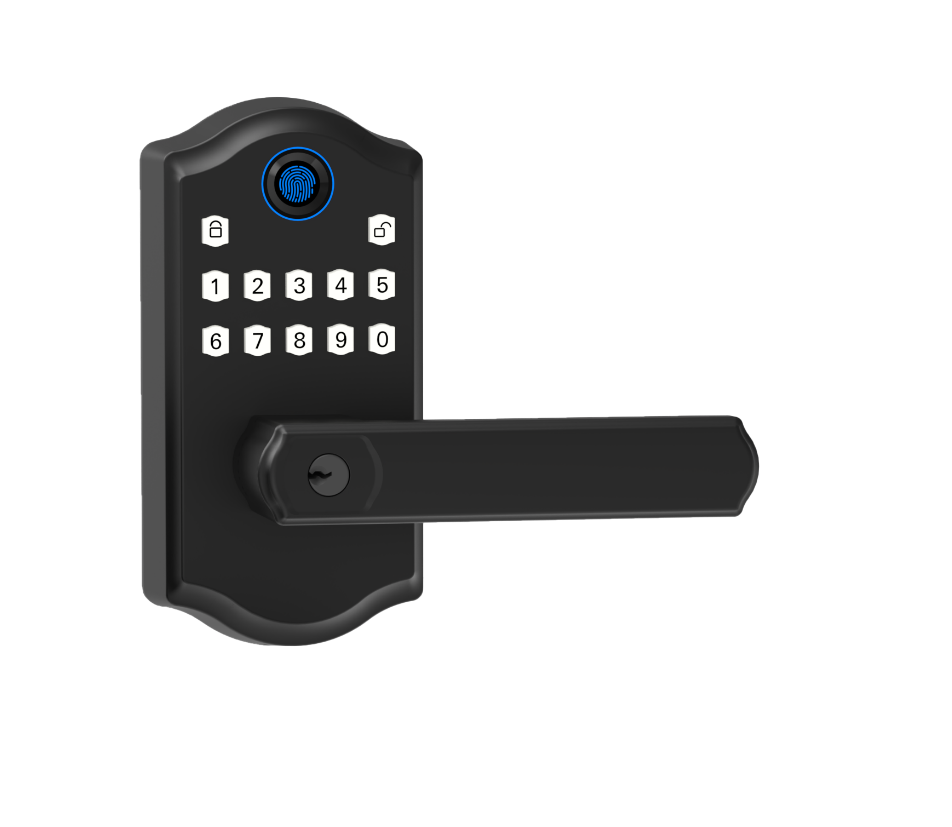
Most smart locks sip power from four AA cells (standard batteries). Those usually keep things running for six months or more. Some models use just two AA packs or rechargeable batteries (cells you can top off). Keep an eye on that low-battery alert, it shows up only days before your lock goes dark. Swap in fresh cells or recharge right away to keep that soft LED glow and your door humming.
And by the way, these CE-certified locks come from 20 years of real-world testing, sandstorms, snowstorms, you name it.
If your lock ever goes mute, don’t panic. There’s a 5-volt emergency power port (backup outlet). Just plug in a phone power bank and give it a quick jolt. Handy when you forget to swap batteries before a trip.
Common hiccups and quick fixes:
- Latch jams. Dust off the bolt and strike plate with a dry cloth. Then drop on a bit of light oil if it still sticks.
- App syncing delays. Force-close the app, open it again, and retry your lock command.
- Keypad misreads. Wipe the buttons with a soft cloth, make sure your fingertips are dry.
- Temporary lockouts. Enter the wrong PIN too many times? Wait five minutes for the cool-down. Then try again.
And firmware updates, over the air, are your lock’s best friend. They patch bugs and boost encryption (data scrambling). Um, if your lock starts acting weird, odd LED blinks or sluggish responses, a quick firmware refresh usually sorts it right out. Open the companion app, tap “Check for Updates” in settings, and let it run every few months.
A quick firmware refresh can fix strange behavior, no screwdriver needed.
Peace of mind.
Why Starlight Smart Locks Excel in Digital Door Lock Solutions
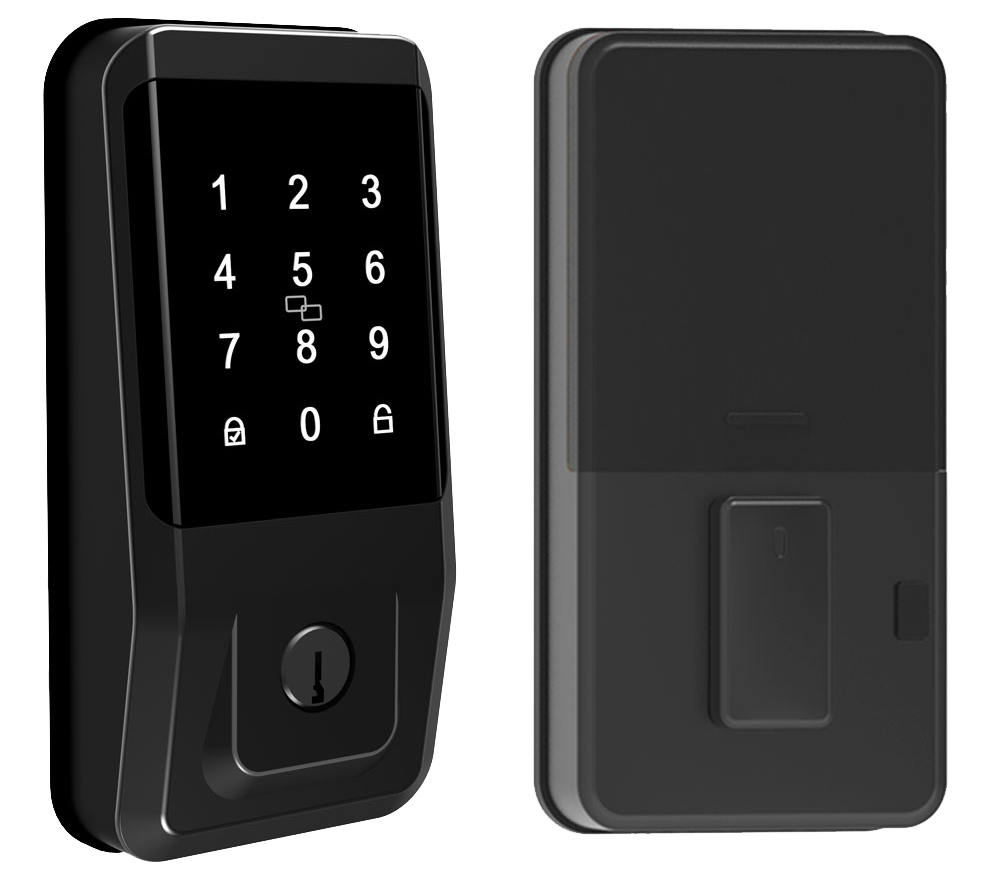
We built Starlight Smart Locks to shrug off rain, dust, and steam. Their IP65 weather resistance (dust-tight and water-resistant) stands up to whatever you face. And you get a two-year global warranty. We mean it. No fine print.
Our locks also keep a detailed audit-trail log (a record of every lock event). We’ve earned installer and customer endorsements in every price segment. Real people trust Starlight.
Want to know a secret? Our auto-lock function is a total game-changer.
Feature snapshot:
- ANSI Grade 1 certified body (the top durability standard)
- AES-128 encryption (secure data protection)
- biometric fingerprint sensor (a reader that checks your unique fingertip pattern)
- keypad codes (PIN-pad entry)
- Wi-Fi and Bluetooth connectivity (remote app control)
- auto-lock function
- tamper alarm (warns you if someone tries to mess with the lock)
- mechanical key backup (use a key if batteries die)
- up to 12-month battery life with low-battery alerts
- 5 V emergency power port (power up with a USB battery)
- CE and FCC certifications (meets international safety and radio rules)
Final Words
We jumped right into the key factors that matter most when choosing a smart door solution, lock type, unlocking methods, security ratings, connectivity, power backup, and budget tiers.
Then we walked through form factors, security standards, integration tips, installation steps, price segments, upkeep advice, and why Starlight Smart Locks lead the pack.
Backed by ANSI Grade 1 hardware and AES-128 encryption, our features like fingerprint access and audit trails keep guests moving smoothly and threats far away.
Your next step? Embrace a smoother, safer entry with a digital door lock.
FAQ
How do I pick the best digital door lock?
To pick the best digital door lock, compare security ratings, opening methods, connectivity, user reviews, battery backups, and budget tiers. Focus on ANSI-certified models with reliable app support.
What features does the Schlage digital door lock offer?
The Schlage digital door lock offers ANSI Grade 1 security, built-in Wi-Fi, keypad entry, fingerprint access on select models, mechanical key backup, auto-lock, and app integration for remote monitoring.
How do I use a digital door lock app?
A digital door lock app lets you remotely lock and open doors, manage user codes, view access logs, and receive tamper alerts. Install the companion app, pair via Bluetooth or Wi-Fi, then manage settings.
What keyless entry door lock options are available?
Keyless entry options include handle-style locks with built-in keypads, deadbolt replacements or adapters, and smart locks that work with apps or voice assistants for PIN, fingerprint, or phone-based access.
Do digital door locks come with mechanical keys?
Digital door locks often come with mechanical key backups to power through battery failure or connectivity issues. This ensures you can still open manually in emergencies without relying on electronics.
Are digital door locks any good?
Digital door locks are a reliable upgrade, offering stronger security, keyless convenience, and remote app control. They resist picking, alert you on tampering, and simplify access control for homes and businesses.
Can I install a digital lock in an existing door?
You can install a digital lock in most existing doors. Deadbolt replacements fit standard holes, and no-drill adapter kits work over thumb turns. Measure backset and door thickness first.
What are the disadvantages of digital locks?
Digital locks can face battery drain and occasional app-sync delays, may require firmware updates, and depend on connectivity. There’s also cost and the need for proper installation to avoid misalignment.
What is the difference between a smart lock and a digital lock?
A digital lock uses electronic PIN or biometric entry without remote features, while a smart lock adds Wi-Fi or hub connectivity for app control, voice commands, and geofencing auto-open capabilities.
